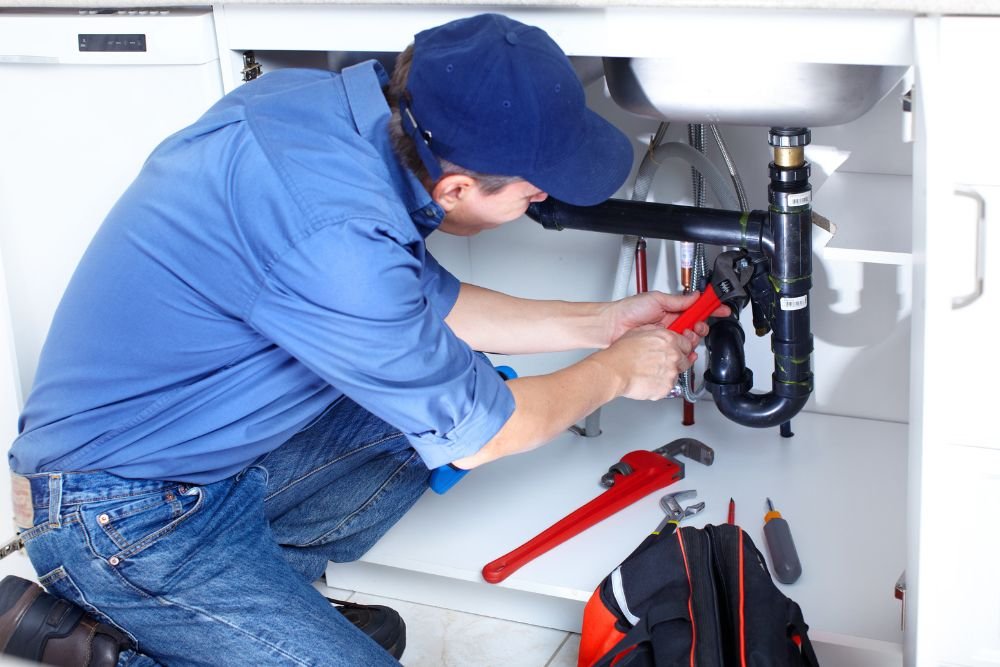By Scott Lehr • September 26, 2025 • The Listing Team at RESF
Big builds don’t happen by luck. They happen because people plan logistics, lift heavy materials precisely, and keep crews safe. Rigging equipment — from mobile cranes to temporary hoists and specialized spreader bars — is a critical part of real estate development. Below I walk through the roles, safety and local considerations developers need to know in South Florida.
1) What rigging equipment does on a job site
Rigging equipment moves heavy and awkward objects safely: structural steel, precast panels, HVAC units, rooftop finishes, pools and modular components. That equipment includes:
– Mobile cranes & tower cranes
Used to lift large structural elements. Mobile cranes provide flexibility for tight urban sites; tower cranes excel on high-rise developments.
– Hoists & material lifts
Hoists move materials floor-to-floor in mid-rise projects; they reduce manual handling and speed installation.
– Rigging hardware (slings, shackles, spreader bars)
Proper hardware and certified riggers ensure loads are balanced and lifted without damage — an often overlooked cost saver.
2) Why rigging matters to timelines and budgets
When lifts are planned and executed by licensed rigging crews, you minimize rework, prevent site shutdowns, and reduce insurance claims. An efficient lift schedule means trades can work in parallel — shaving days or weeks off the critical path.
3) Safety, certification & local permits
Licensed riggers and OSHA-compliant lifts are non-negotiable. In Broward County (Fort Lauderdale) you’ll typically need:
- City or county crane permits and right-of-way approvals
- Traffic control and lane closure permits for street-side rigging
- Certified lift plans for complex/heavy lifts
4) Practical tips for developers & property owners
Plan lifts during off-peak hours
Avoid rush-hour lane closures and coordinate with neighbors. Local scheduling reduces permit friction and community complaints.
Negotiate crane time blocks
Crane charges are hourly — consolidate lifts to maximize value. Group rooftop, façade, and mechanical lifts into a single window when possible.
Choose local rigging companies
Local providers understand Florida wind constraints, coastal corrosion considerations, and Broward permitting — saving time and surprises.
5) A short Fort Lauderdale case note
On a recent waterfront renovation in Fort Lauderdale, a modular pool section required a specialty spreader and a mid-block crane placement. Early coordination with the rigging team and the city allowed the team to complete the lift in under three hours — avoiding additional traffic-control days and saving the owner tens of thousands of dollars in holding costs.
Related resources & tools
Frequently asked questions
Do I need permits to rent a crane on my property?
Yes — most municipalities in Broward County require crane permits and traffic/right-of-way approvals. Your rigging provider will typically assist in pulling permits or provide documentation your contractor can use.
How do I get a cost estimate for rigging work?
Contact local rigging companies for a lift plan quote — and if you need a quick property-related estimate, use our CMA/estimate at scott.reallistingagent.com/seller.
Will rigging equipment delay my project?
If planned correctly, rigging reduces delays. Unplanned lifts cause delays. Work with experienced riggers and schedule consolidated lift windows to avoid idle crane time.







